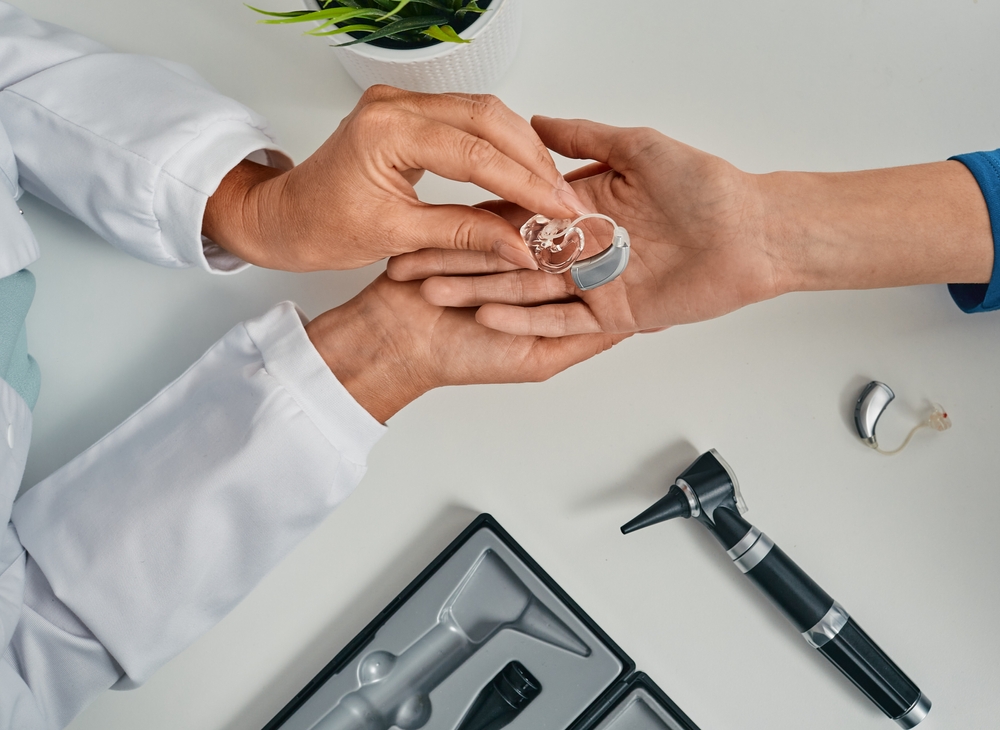
Hearing aids play a vital role in improving sound clarity and enhancing daily communication. For ideal performance, it’s essential to schedule periodic maintenance and periodic professional cleaning sessions. As an outcome of prolonged use, an accumulation of earwax, moisture, and other particles can occur, causing performance to decline. Knowing when it is time to arrange professional maintenance can help extend the longevity of your hearing aids and ensure they continue to operate at their best.
The significance of professional hearing aid cleaning
Despite routine upkeep at home, hearing aids can slowly accumulate debris that might affect how well they work and the quality of sound they generate. Professional maintenance provides several major benefits:
- Deep Cleaning– Removes earwax, filth, and moisture that day-to-day cleaning tools might not effectively remove.
- Increased Performance– Removes blockages that can cause dampened sound or distortion.
- Prolonged Lifespan– Prevents premature wear and tear, decreasing the need for repairs or replacements.
Getting your hearing aids cleaned by a specialist helps ensure they function at their best, reducing the likelihood of unforeseen malfunctions.
Indications that your hearing aids need professional maintenance
Not certain if your device is due for a deep clean by a pro? Keep an eye out for these obvious signs that it’s time to contact the experts:
- Muted or Distorted Sound: If voices and environmental sounds seem muffled, weak, or distorted, it may be due to wax or debris obstructing the microphone or speaker.
- Constant Feedback or Squealing: A squeaky noise at a high pitch (feedback) could suggest a blockage from earwax or an ill-fitting device. A professional cleaning can help eliminate obstructions and refine the fit.
- Problems with Volume Control: If changing the volume doesn’t seem to have the intended effect, internal components may require maintenance or software recalibration.
- High humidity can impact the device’s internal components, causing random audio disruptions or unreliable button control. A qualified expert can assess and resolve problems caused by moisture or water damage.
- If you recognize an obvious increase of wax or dirt on your hearing aids, it is encouraged to have them professionally cleaned for a more thorough removal compared to cleaning them at home.
- Employ specialized tools to carefully remove wax, debris, and moisture from sensitive elements without causing harm.
- Examine and service components to confirm all elements are functioning properly.
- Examine both software and hardware to determine any performance problems that may be impacting the quality of sound.
- Replace deteriorated filters or tubing that may be impede device performance.
- Every 3 to 6 months for routine maintenance.
- More regular cleanings are advised for individuals predisposed to excessive earwax buildup or those living in humid environments.
- Managing small problems promptly can help steer clear of expensive repairs down the line.
What to expect in the course of a professional hearing aid cleaning
A professional cleaning appointment goes past standard maintenance and ensures your devices operate optimally. During the appointment, specialists will:
How often should you schedule professional maintenance?
The need for professional cleanings differs based on factors such as how much earwax is produced, the levels of moisture, and how the device is typically used. Frequently suggested best practices are:
Keep your hearing aids in top condition
Routine professional maintenance is essential for preserving your hearing aids and ensuring clear, high-quality sound.
If you’re noticing muffled audio, feedback, or performance problems, it might be time to schedule a professional cleaning.
Set up an appointment for your hearing aid cleaning and maintenance now.
